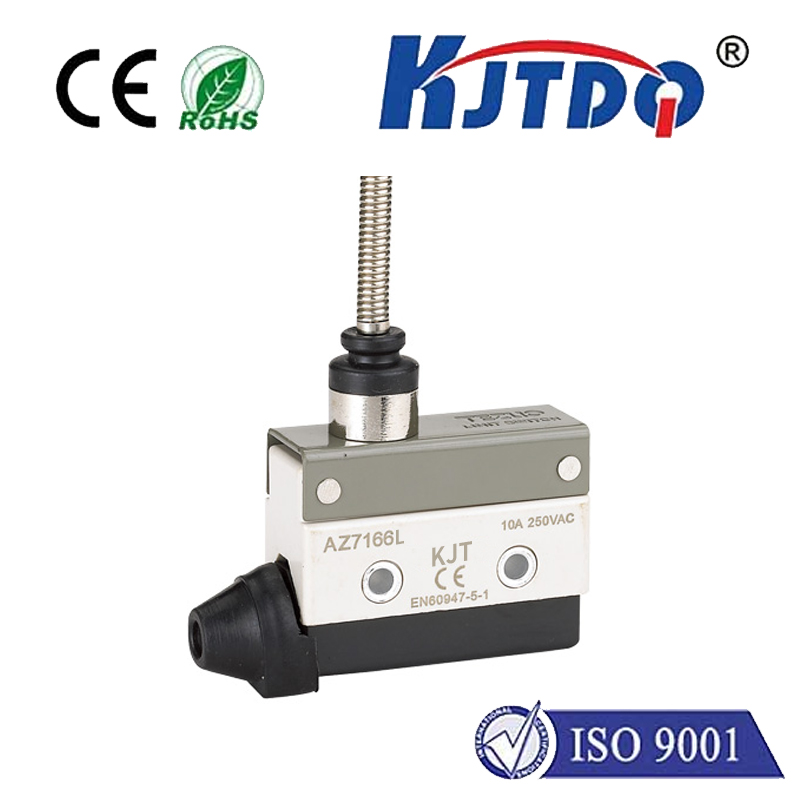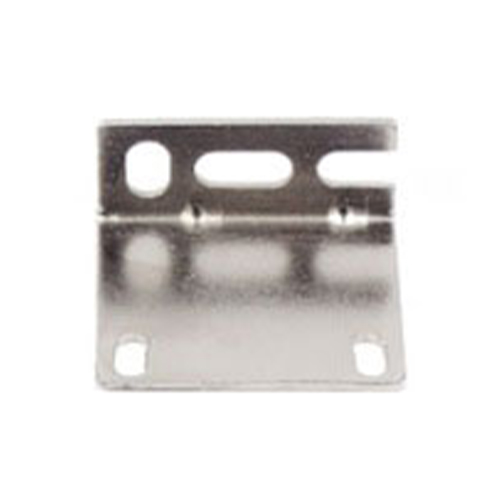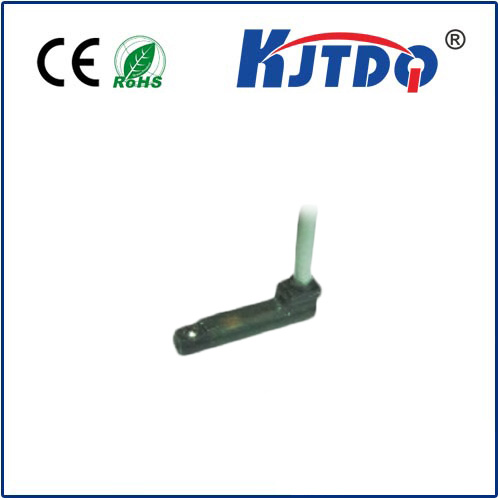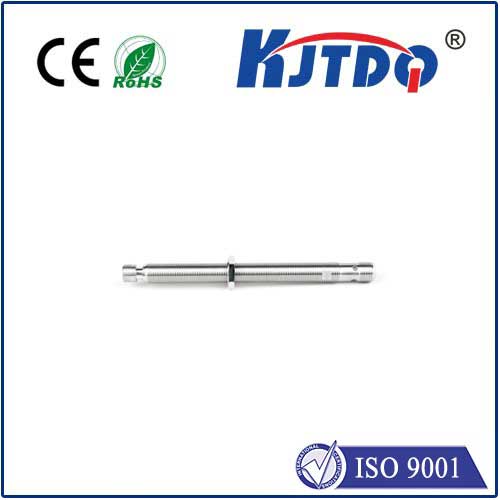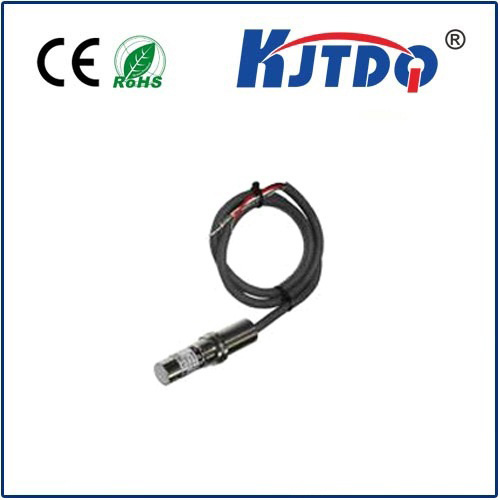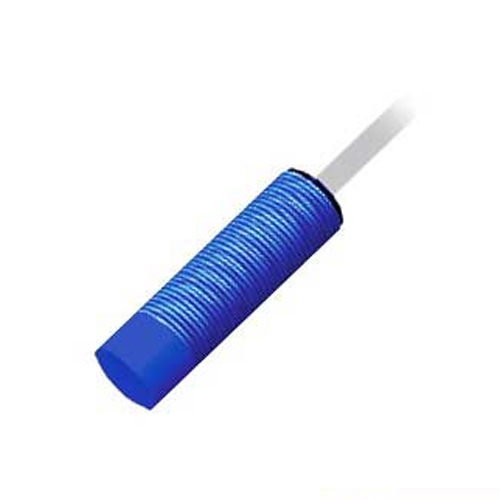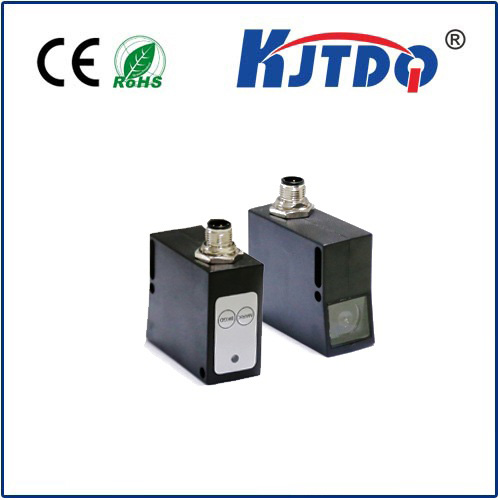Imagine a world where machinery operates flawlessly under crushing pressures, from deep-sea drilling rigs to high-performance automotive engines—without a single glitch in detection. That’s the reality brought to life by the BHS0022 high pressure proximity sensor. This cutting-edge device isn’t just another piece of tech; it’s a game-changer for industries where precision and reliability under duress are non-negotiable. In today’s fast-paced industrial landscape, proximity sensors have become indispensable, but when pressures soar to extremes, the stakes get higher. That’s where the BHS0022 model steps in, offering a robust solution that keeps operations running smoothly and safely. Whether you’re an engineer, a plant manager, or a tech enthusiast, understanding this sensor could unlock new levels of efficiency. Let’s dive into what makes the BHS0022 a standout in the world of proximity sensors.
At its core, a high pressure proximity sensor is designed to detect the presence or absence of an object without physical contact, even in environments where standard sensors falter. The BHS0022 excels here, thanks to its specialized construction that withstands pressures exceeding 100 bar—unlike ordinary sensors that might fail under such strain. This capability stems from its innovative housing, made from corrosion-resistant materials like stainless steel, which shields internal components from harsh conditions. For instance, in oil and gas applications, where pressures can spike unpredictably, the BHS0022 ensures continuous monitoring, preventing costly downtime or hazards. Unlike conventional sensors, it integrates advanced electromagnetic or capacitive sensing technology, allowing it to function accurately at ranges up to 30mm, while ignoring background interference. This precision is crucial in scenarios like hydraulic systems or manufacturing lines, where misdetection could lead to catastrophic failures. By focusing on high-pressure adaptability, the BHS0022 proximity sensor addresses a critical gap, enabling safer and more efficient workflows across the board.

Now, let’s explore the specific features that set the BHS0022 apart in the market. One of its standout attributes is its robust durability, engineered to endure temperatures from -40°C to 150°C, making it ideal for extreme climates or fluctuating industrial settings. The sensor incorporates a hermetically sealed design, preventing moisture or debris ingress that often compromises performance in high-pressure zones. Additionally, its output signals—be it NPN, PNP, or analog—are highly configurable, allowing seamless integration with PLCs or control systems. This flexibility means that whether you’re upgrading existing machinery or installing new setups, the BHS0022 high pressure proximity sensor adapts effortlessly. For example, in automotive testing labs, where engines push pressure limits, this sensor provides real-time data feedback with minimal calibration. Moreover, it boasts a low power consumption profile, reducing energy costs and extending lifespan to over 10 million operations. Such reliability isn’t just a bonus; it’s a necessity in high-stakes industries, reinforcing why the BHS0022 is a top choice for professionals seeking uncompromised performance.
The applications of the BHS0022 are vast and varied, spanning sectors where high-pressure environments are the norm. In industrial manufacturing, it shines on assembly lines handling hydraulic presses, where proximity detection prevents jams or accidents. Imagine a steel mill: the sensor monitors heavy machinery components with pinpoint accuracy, ensuring worker safety while boosting productivity. Similarly, in energy production, such as offshore wind farms or geothermal plants, the high pressure proximity sensor detects structural shifts or equipment anomalies under immense water or steam pressures. This adaptability extends to aerospace, where flight systems rely on it for landing gear position sensing in pressurized cabins. Even in medical devices, like sterilization units using high-pressure steam, the BHS0022 ensures sterility by confirming door closures without error. These real-world uses highlight how the sensor transforms operations by minimizing risks and maximizing uptime. By integrating the BHS0022, companies can achieve significant cost savings—studies show that predictive maintenance alone reduces expenses by up to 25%, thanks to early fault detection. Thus, this proximity sensor isn’t just a tool; it’s an investment in smarter, safer workflows.
But how does the BHS0022 actually work under such demanding conditions? The principle hinges on non-contact detection, where the sensor emits an electromagnetic field or ultrasonic wave that interacts with nearby objects. When an object enters this field, it alters the wave’s properties, triggering a signal output. What makes the BHS0022 unique is its pressure compensation mechanism, which actively adjusts sensitivity to maintain accuracy despite environmental shifts. For high-pressure applications, this means consistent readings even as pressures fluctuate—something lesser sensors struggle with. Consider a chemical processing plant: volatile substances might cause pressure surges, but the BHS0022’s dynamic calibration ensures reliable data without false alarms. Additionally, its installation is straightforward, often requiring only basic mounting and wiring, which cuts setup time and training needs. The benefits are clear: enhanced precision leads to fewer errors, while the rugged build reduces maintenance frequency. Users report up to 99.9% detection reliability in trials, proving why this model outperforms alternatives. When selecting a proximity sensor for high-pressure use, factors like IP-rated enclosures and certification (e.g., ATEX for explosive zones) are key—and the BHS0022 often meets or exceeds these standards.
Choosing the right sensor can be daunting, but the BHS0022 high pressure proximity sensor simplifies decisions with its unmatched versatility and value. It caters to diverse needs, from small-scale automation to large industrial complexes, with custom options for specific pressure ratings. Best practices include verifying environmental compatibility, such as ensuring it aligns with your system’s max pressure thresholds. For optimal performance, pair it with regular diagnostics to catch issues early. Ultimately, the BHS0022 proximity sensor stands as a beacon of innovation, driving progress in sectors where failure isn’t an option. By embracing this technology, businesses not only enhance operational integrity but also step toward a future of smarter, pressure-proof detection.
